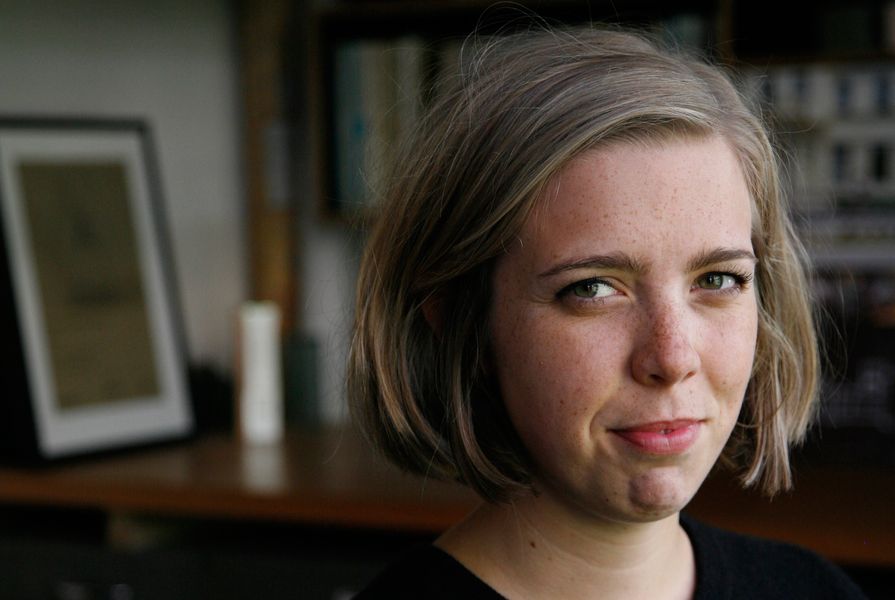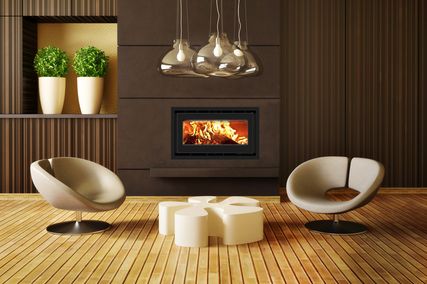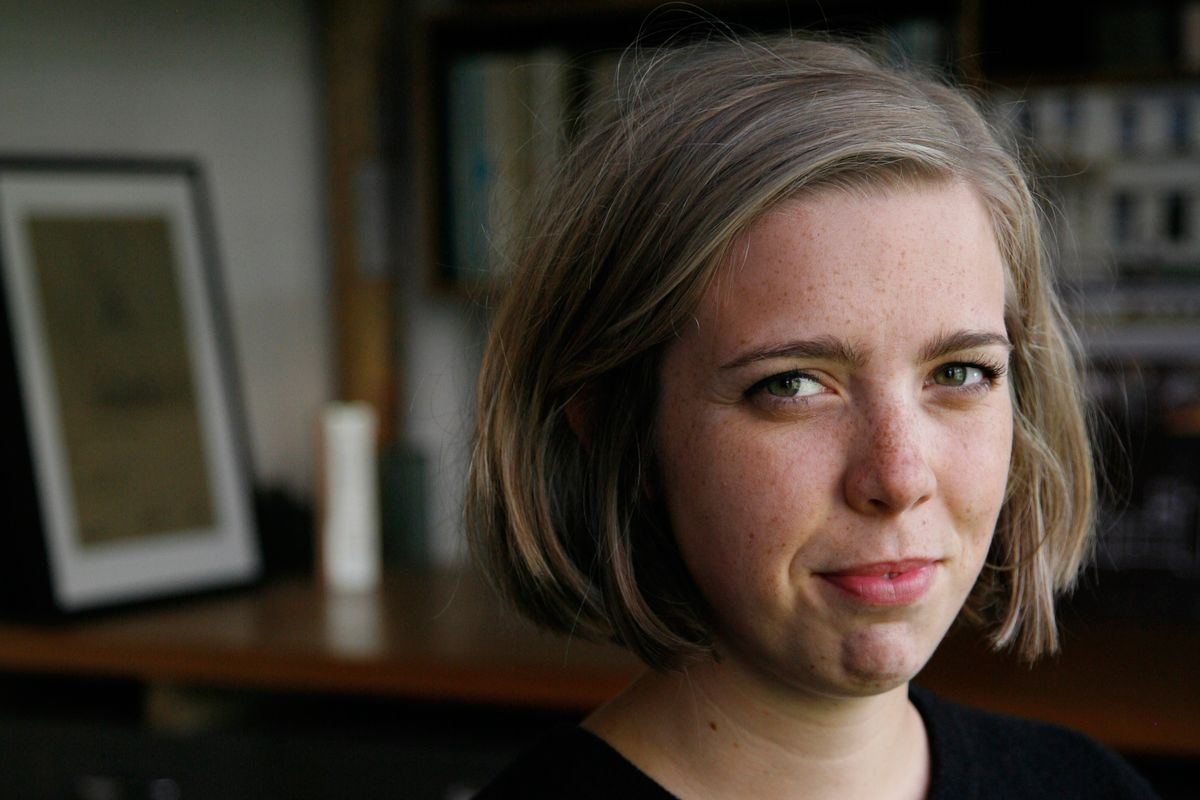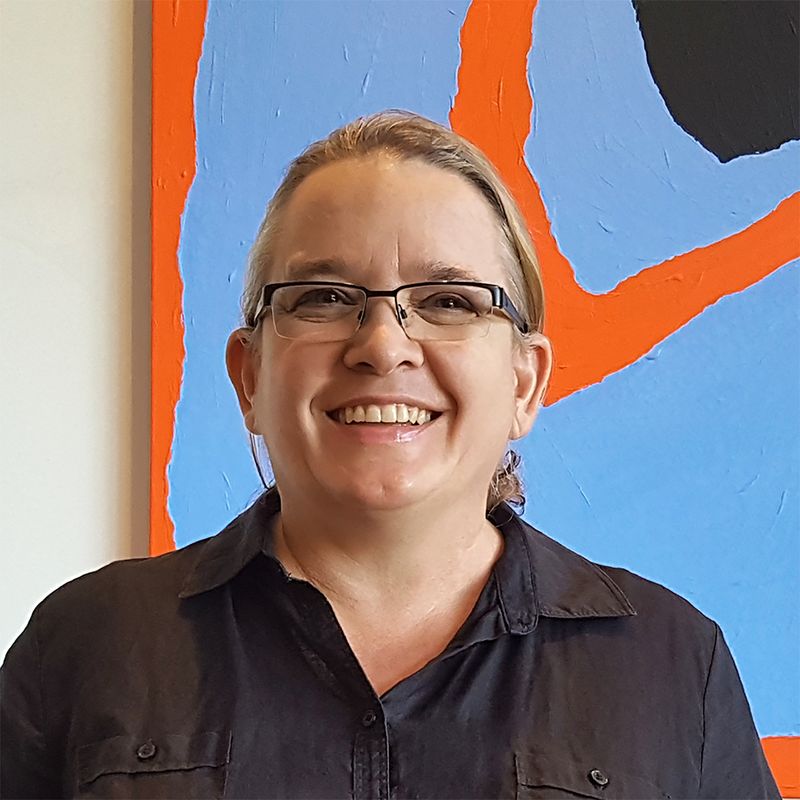Belinda Allwood: It is different practising in a region – and one of the fundamental [differences is that] the climate emergency conversation has political overtones [here]. In Melbourne, for example, most people are probably singing from the same song sheet. Whereas we’ve got a much [greater] variety of opinions.
Ellen Buttrose: It’s really important not to alienate and polarize. It’s more about empowerment. The role of an architect is to educate and bring our knowledge to the table and move projects forward with a sustainability lens. We like to provoke discussions [about sustainability] from the development of the brief through to completion.
We have, with projects to date, come at sustainability in a holistic way, starting with looking at the building footprint and how small it can be, and really responding to our unique climate in the tropics.
BA: Our philosophy is about challenging people on how much building they need for a range of reasons, starting from affordability to consumption of materials and running cost. Most residential clients still want to have the option of airconditioning in their buildings. But we challenge them on their reliance on that. We work with them to design places that are passively cooled so they’re not as reliant on airconditioning. Whereas a house that is not so sustainably designed might rely on airconditioning for six months of the year, we’re designing houses that reduce it down to maybe a few weeks in the absolute worst days of summer. Or it might be the odd day here and there that adds up to two or three weeks’ worth.
We can design the places so that they are ventilating, they’ve got deep shade, we’re keeping the sun out, and keeping that ventilation flowing through so people are comfortable.
EB: In a commercial setting, the office spaces are literally the only parts of the building that are airconditioned. Circulation, kitchens, bathrooms and meeting spaces can all be outdoors, passively designed or only shut down when it’s absolutely required.
BA: The thing that we should not lose sight of is the fact that we need to be thinking systematically and at all scales to make this work. Let’s work closely with our allied professions. We should also realize that one of the most important things here is that we’ve got to use our collective voice to influence government policy as well as [working] on a project-by project basis with clients and educating on a larger scale.
We actively seek to engage with our local authorities here and make sure we’ve got a place at the table when there are discussions. Historically, architects are very good at talking to each other. But as a profession, we have to break down the silos, connect outside our profession and be really good at advocating.
Read more interviews and articles from the climate and biodiversity emergency series.

















